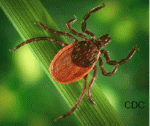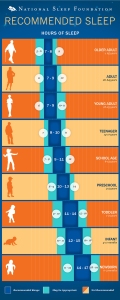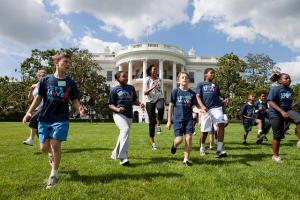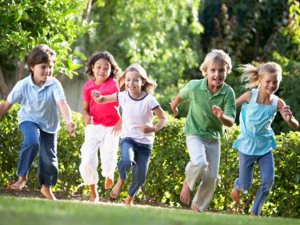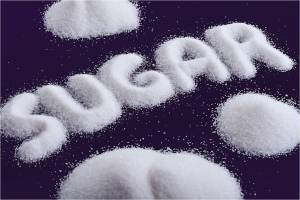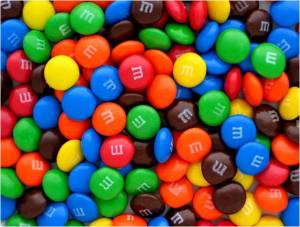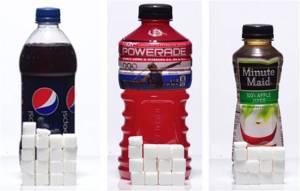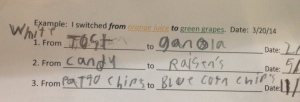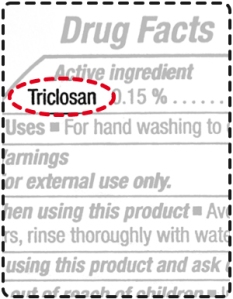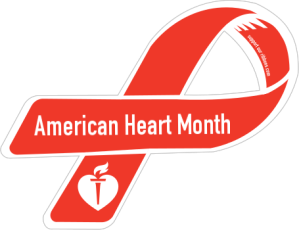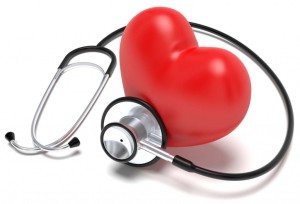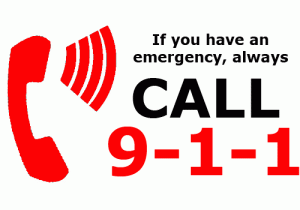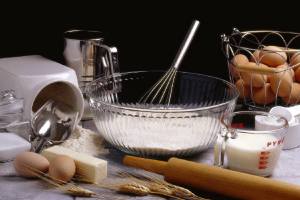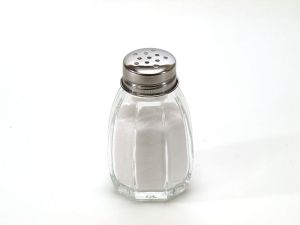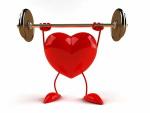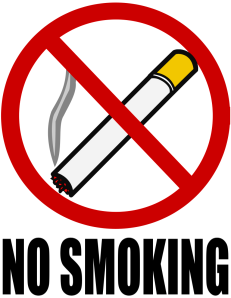There is no denying that spending time outdoors is healthy physically and mentally. However, you do need to be aware of ticks. Ticks are abundant in grass and wooded areas and bite both people and animals. Being bitten by a tick can make you sick because they carry diseases, most commonly Lyme Disease. So what should you do?
The best thing to do is to prevent tick bites. You can do this by:
- Avoiding sitting on the ground
- Checking yourself, your pets, and your family members for ticks. Don’t forget to check your hair!
- Using bug spray with DEET (follow the manufacturer’s instructions and avoid your hands, eyes and mouth)
Unfortunately, tick bites do occur even if you do your best to prevent them. If you are bitten by a tick, you should remove it as soon as you notice it is there. Ticks need to be fully removed and the best way to do it is by using tweezers and pulling straight up (don’t squeeze or twist the tick!). After the tick is removed, watch for signs of illness. A rash, flu-like symptoms, and a fever are common initial symptoms of Lyme disease. If you notice any of these you should see a health care provider!

